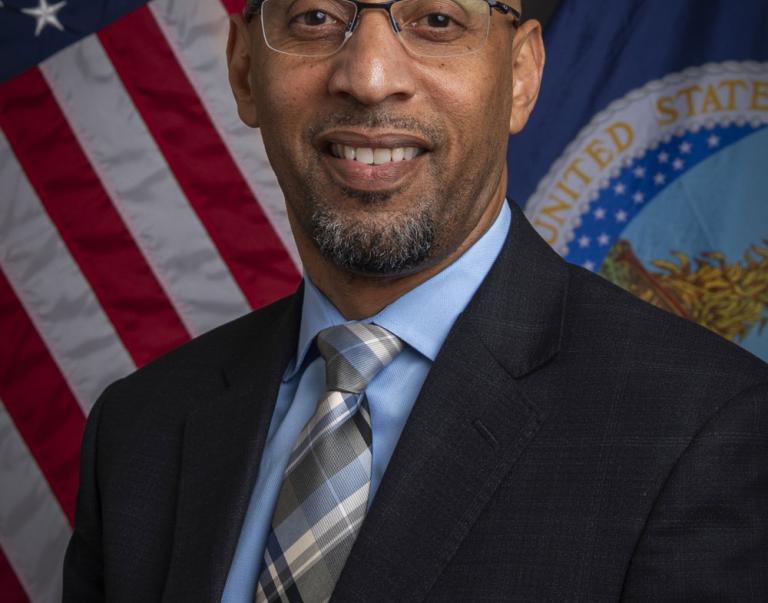Food Assistance

For the latest on what the U.S. Department of Agriculture’s (USDA) Food and Nutrition Service (FNS) has done since the start of the Coronavirus pandemic to keep people fed, visit: www.fns.usda.gov/coronavirus
Supplemental Nutrition Assistance Program (SNAP)
Q: If my financial situation has changed due to the coronavirus, could I be eligible for SNAP?
A: For information about SNAP eligibility, visit our SNAP Eligibility website. To learn more or to apply for benefits, contact your state agency.
Q: What is USDA doing to promote social distancing in SNAP?
A: FNS has allowed SNAP flexibilities to reduce the need for face-to-face contact.
For example, USDA is allowing states to conduct SNAP quality control interviews by telephone instead of in person. USDA has also offered states an optional 45-day extension on certain quality control case reviews. FNS continues to promote its SNAP Online Purchasing pilot that allow SNAP shoppers to buy their groceries online and is bringing new stores into the program.
Q: Can SNAP participants order groceries online?
A: The SNAP online pilot is operational in almost every state, with more being added as plans from interested states are approved. To learn more about the pilot, including participating states and retailers, visit: www.fns.usda.gov/snap/online-purchasing-pilot.
Q: What happens to SNAP recipients who can’t meet the work requirements due to the coronavirus outbreak?
A: Under the Families First Coronavirus Response Act, USDA has suspended the work requirements (PDF, 359 KB) for able-bodied adults without dependents (ABAWDs) throughout the national emergency. Therefore, the three month time limit for receiving benefits while not working does not apply, and these individuals can continue to receive SNAP benefits.
Q: How can I protect myself from SNAP fraud during the pandemic?
A: FNS is aware of some scams trying to take advantage of the current emergency to obtain confidential information from SNAP recipients, including social security numbers, bank information, or a participant’s SNAP EBT card number. If you are unsure if a request for information is legitimate, contact your local SNAP office. To stay on top of potential scams, please visit USDA’s SNAP scam alert webpage at www.fns.usda.gov/snap/scam-alerts.
Special Supplement Nutrition Program for Women, Infants, and Children (WIC)
Q: What happens if grocery stores are out of the specific food items WIC participants are allowed to purchase due to the COVID-19 situation?
The Special Supplemental Nutrition Program for Women, Infants, and Children, or WIC, is designed to supplement the diets of participants to address certain nutritional needs. As a result, WIC purchases must be of foods approved by their state.
However, states have the flexibility to modify their WIC-approved foods lists at any time to include any foods that meet federal standards. Under the Families First Coronavirus Response Act, states can request additional food package flexibility from USDA. USDA has been approving state requests as quickly as possible to allow for additional substitution options if certain WIC-prescribed foods are unavailable. Visit our website for more information on approved waivers for food package substitutions: www.fns.usda.gov/wic/food-package-substitution-waiver.
Q: What is USDA doing to promote social distancing in WIC?
A: The Families First Coronavirus Response Act, allows USDA to minimize face-to-face interaction in WIC by reducing required visits to the clinic through a variety of waivers provided to state agencies and Indian Tribal Organizations (ITOs). States must request approval from FNS to temporarily waive the in-person requirements for WIC enrollment, reenrollment and picking up WIC benefits. The Act also allows states to defer certain medical tests used to determine nutritional risk. USDA has been approving these state requests as quickly as possible. In addition, FNS has allowed WIC agencies to issue two months of infant formula at a time to cut down on staff interaction.
Food Distribution
Q: What is household distribution, and can it help those impacted by COVID-19?
A: Disaster Household Distribution provides food directly to households in targeted areas to meet specific needs when traditional channels of food are unavailable and not being regularly replenished, such as following a natural disaster. Under a Presidential Declaration of a National Emergency, as is currently in effect for the U.S., FNS may approve state and tribal nation requests for Disaster Household Distribution (DHD). DHD provides boxes of USDA Foods to households in need using existing inventories of USDA-purchased foods. USDA foods to food banks are primarily intended for the use in The Emergency Food Assistance Program (TEFAP) and the Commodity Supplemental Food Program (CSFP), which serves low-income people ages 60 and over.
Q: What other food distribution programs are operating during the current situation?
A: FNS continues to operate its normal food distribution programs including The Emergency Food Assistance Program (TEFAP), which makes USDA Foods available to state distribution agencies like food banks; the Commodity Supplemental Food Program (CSFP), which serves low-income people ages 60 and over; and the Food Distribution Program on Indian Reservations (FDPIR).
Q: How is FNS helping food banks during this public health emergency?
A: Food banks are private, non-profit entities who work in their local communities to gather donations and distribute foods to those in need who may not be accessing other assistance programs. FNS partners with food banks and other state distributing agencies by providing USDA foods through The Emergency Food Assistance Program (TEFAP) and Commodity Supplemental Food Program (CSFP). USDA has provided states broad discretion to set eligibility limits for TEFAP and ensured that states can take limited eligibility information such as name, address, and self-reported income via telephone, text or electronically, or by receiving a 1-page affidavit in a dropbox. The Families First Coronavirus Response Act provided USDA an additional $400 million for TEFAP, up to $100 million of which can be used to help agencies cover costs of distributing a higher volume of food due to COVID-19. The Coronavirus Aid, Relief, and Economic Security (CARES) Act provided an additional $450 million for TEFAP. When a localized need is identified, such as disrupted food supply, food banks should check with their state agency regarding a Disaster Household Distribution program.
Q: How can food banks promote social distancing?
A: Food banks are private, non-profit entities who have broad discretion over their own activities. FNS partners with food banks and other state distributing agencies by providing USDA foods through The Emergency Food Assistance Program (TEFAP) and Commodity Supplemental Food Program (CSFP). USDA has provided states broad discretion to set eligibility limits for TEFAP and ensured that states can take limited eligibility information such as name, address, and self-reported income via telephone, text or electronically, or by receiving a 1-page affidavit in a dropbox. In addition, many food banks are using a drive-through model in which recipients receive a box of foods that is placed directly in their vehicle by staff or volunteers.


